🔥Virendranath Chattopadhyaya: The Unyielding Flame Who United 5 Nations for India’s Freedom
🔍 Introduction: The Revolutionary Pulse of Virendranath Chattopadhyaya
In the annals of India’s freedom struggle, few names evoke the transnational spirit of rebellion like Virendranath Chattopadhyaya. Known affectionately as “Chatto,” he was not just a revolutionary—he was a strategist, a poet, a journalist, and a global connector of anti-imperialist movements. Born on October 31, 1880, into a progressive Bengali family in Hyderabad, Virendranath was surrounded by intellectual firepower. His sister, Sarojini Naidu, became a celebrated poet and freedom fighter, while his brother, Harindranath, was a noted playwright and parliamentarian..
Virendranath’s early education in Madras and later in England exposed him to radical ideas. At Oxford, he mingled with Indian nationalists and European socialists, absorbing the urgency of liberation and the mechanics of revolution. Though he left Oxford without a degree, he gained something far more potent—a revolutionary purpose. His association with India House in London, alongside Vinayak Damodar Savarkar, marked the beginning of his lifelong mission: to dismantle the British Empire’s grip on India.
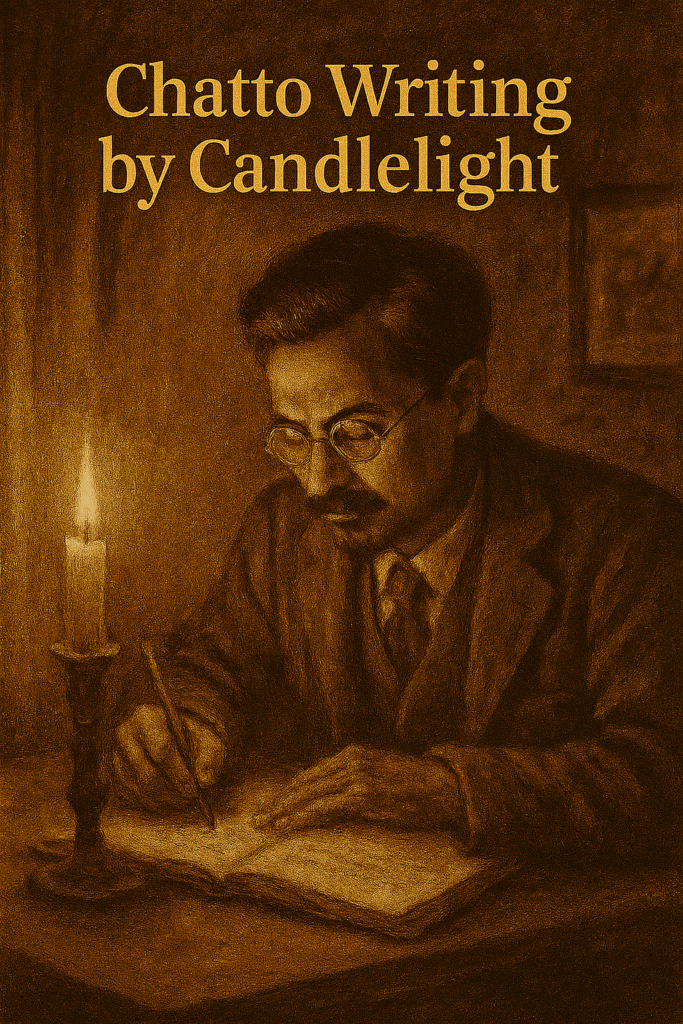
By the early 1900s, Virendranath Chattopadhyaya had relocated to Paris, and later to Berlin, where he co-founded the Berlin Committee—a hub for Indian revolutionaries in exile. His work was bold and dangerous: publishing anti-British propaganda, organizing Indian students, and forging alliances with Germany and Japan during World War I. He became a central figure in the Hindu–German Conspiracy, a daring attempt to incite rebellion in India with international support. His writings, speeches, and underground networks made him a target of British intelligence, but he remained undeterred.
What set Virendranath apart was his ability to think globally. He understood that India’s freedom was not just a national issue—it was part of a larger anti-imperialist wave sweeping across colonized nations. In Moscow, he joined the Comintern and worked closely with revolutionaries from Asia, Africa, and Latin America. His partner, Agnes Smedley, an American journalist, shared his vision and chronicled their shared struggle. Together, they championed the cause of oppressed peoples, believing that solidarity across borders was the key to dismantling empires.
Despite his brilliance, Virendranath Chattopadhyaya’s life was marked by hardship. The ideological purges of Stalin’s Soviet Union cast a shadow over his final years. Isolated and under surveillance, he continued to write and mentor younger revolutionaries, refusing to abandon the cause. He is believed to have died on September 2, 1937, in Moscow, a victim of the very system he once trusted to support global liberation.
Yet his legacy endures. Virendranath Chattopadhyaya was one of the first Indians to build international revolutionary networks, connecting Berlin, Paris, Moscow, and Tokyo to the dream of Indian independence. His life reminds us that freedom is not won in isolation—it is forged in solidarity, sacrifice, and relentless vision.
Today, as we revisit his story, we honor a man who gave everything for a cause larger than himself. Virendranath Chattopadhyaya was not just a revolutionary—he was a bridge between continents, a voice for the voiceless, and a flame that refused to die.
Table of Contents
🗣️Your Fight Is Our Fight” – Virendranath Chattopadhyaya’s Transnational Solidarity Speech
🗓️ Date: February 10, 1927
📍 Location: Palais des Congrès, Brussels, Belgium
👥 Audience: Over 175 delegates from 37 countries, including revolutionaries from India, Egypt, China, Vietnam, and Africa
🎯 Motive: To call for transnational unity among colonized nations and demand coordinated resistance against imperialism
🗣️Speech:
Virendranath Chattopadhyaya’s Address at the League Against Imperialism, Brussels (1927)
“Comrades, brothers, and fellow fighters for freedom—
I stand before you not as a representative of one nation, but as a voice for all those whose lands have been plundered, whose cultures have been suppressed, and whose dignity has been denied by imperial powers. My name is Virendranath Chattopadhyaya, but in the circles of resistance, I am known simply as Chatto.
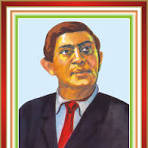
We gather here in Brussels, not to plead for mercy, but to forge a united front. The League Against Imperialism must not be a forum of rhetoric—it must be a furnace of revolution.
The British Empire has drained India’s wealth, silenced its poets, and shackled its youth. But India is not alone. Egypt bleeds. Vietnam resists. Africa rises. The chains may differ, but the pain is shared.
I call upon every delegate here to recognize that imperialism is a global disease, and our resistance must be global too. We must build networks of solidarity, share strategies, and speak with one voice.
Let us reject the illusion of reform. Let us reject the comfort of compromise. Let us embrace the fire of freedom.
I propose that this League publish a manifesto—not just of demands, but of defiance. Let it declare that the colonized will no longer be passive. Let it declare that we will fight—through words, through action, through unity.
I urge my comrades from India to remember that our struggle is not just for Swaraj—it is for dignity, for justice, for the soul of our civilization.
And to my comrades from Africa, Asia, and Latin America—I say: your fight is our fight. Your victory is our victory.
Let this Congress be remembered not for its speeches, but for its spark. Let it be the beginning of a movement that will shake empires.
I am Virendranath Chattopadhyaya, and I pledge my life to this cause. May our unity be our weapon. May our courage be our legacy.”
📚 Sources:
- Virendranath Chattopadhyaya – Wikipedia
- Chattopadhyaya, Virendranath – 1914–1918 Online Encyclopedia
- League Against Imperialism – Historical Archives
🔥Virendranath Chattopadhyaya: From Scholar’s Son to India’s International Firebrand
🔹 1. Birth and Historical Context (1880)
Virendranath Chattopadhyaya was born at a time when India was deeply entrenched under British colonial rule. The year 1880 was part of the high noon of the British Raj, a period marked by economic exploitation, cultural suppression, and growing nationalist unrest. Hyderabad, where he was born, was a princely state under indirect British control, known for its cultural richness and political complexity.
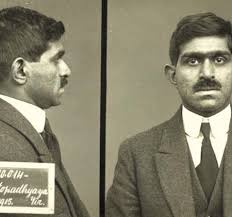
His birth wasn’t just a personal event—it was the arrival of a mind destined to challenge empires. The colonial world he entered was one of contradictions: Western education was spreading, but so was resistance. Into this charged atmosphere came a child who would later become one of India’s most daring international revolutionaries.
🔹 2. Family Legacy: The Chattopadhyaya Household
The Chattopadhyaya family was no ordinary household. His father, Aghornath Chattopadhyaya, was a Western-educated scholar and principal of Nizam College in Hyderabad. He was a progressive thinker who believed in education, reform, and the power of ideas. This intellectual environment shaped Virendranath’s early worldview.
His siblings were equally remarkable. His sister, Sarojini Naidu, would go on to become the “Nightingale of India,” a poet and freedom fighter who played a key role in the Indian National Congress and later became the first female governor of an Indian state. His brother, Harindranath Chattopadhyaya, was a poet, dramatist, and parliamentarian.
In this vibrant household, Virendranath Chattopadhyaya absorbed the values of courage, creativity, and commitment to justice. The family’s Bengali heritage blended with Hyderabad’s cosmopolitan culture, giving him a unique lens through which to view India’s struggle.
🔹 3. Childhood in Hyderabad: Seeds of Rebellion
Growing up in Hyderabad, Virendranath was exposed to both the grandeur of princely India and the harsh realities of colonial subjugation. His father’s role as an educator meant that books, debates, and ideas were part of daily life. The young Virendranath was known for his sharp intellect and questioning spirit.
He witnessed the contradictions of colonial rule firsthand—how British policies drained India’s wealth, how Indian voices were silenced, and how education was used both as a tool of empowerment and control. These early experiences planted the seeds of rebellion in his heart.
Even as a child, Virendranath Chattopadhyaya showed signs of leadership. He was articulate, curious, and deeply empathetic. He questioned injustice, challenged authority, and dreamed of a free India—not just politically, but spiritually and culturally.
🔹 4. Education and Early Exposure to Radical Thought
Virendranath’s formal education began in Madras, where he excelled academically. But it was his move to England for higher studies that truly transformed him. He enrolled at Oxford University, one of the world’s most prestigious institutions. Yet, he was not content with academic success alone.
In England, he encountered the India House movement, led by Vinayak Damodar Savarkar. This was a hub for radical Indian students who believed in armed resistance against British rule. Virendranath quickly became a key figure in this circle, absorbing revolutionary literature, engaging in fiery debates, and building networks that would later span continents.
Though he left Oxford without a degree, he gained something far more valuable—a revolutionary purpose. He realized that India’s freedom would not come from petitions or polite appeals, but from bold, coordinated action.
🔹 5. The Emergence of “Chatto”: A New Identity
As he stepped into the world of international revolution, Virendranath adopted the pseudonym “Chatto.” This wasn’t just a nickname—it was a symbol of his transformation from student to strategist, from intellectual to insurgent.
“Chatto” became known across Europe as a fiery voice for Indian independence. He was eloquent, persuasive, and fearless. He published articles, gave speeches, and organized students—all while being tracked by British intelligence.
His work in Paris, Berlin, and later Moscow made him one of the most influential Indian revolutionaries abroad. He wasn’t just fighting for India—he was building a global anti-imperialist movement.
🔹 6. Legacy of the Early Years
The foundation laid in Hyderabad, the values instilled by his family, and the radical awakening in England all converged to shape Virendranath Chattopadhyaya into a revolutionary force. His early life was not just a prelude—it was a blueprint for the global resistance he would later lead.
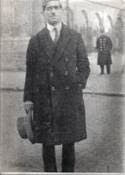
He carried the spirit of Hyderabad’s intellectualism, the fire of his family’s activism, and the strategic brilliance of European revolutionary circles. His birth in 1880 was the beginning of a journey that would challenge empires, inspire generations, and redefine what it meant to fight for freedom.
🔥Virendranath Chattopadhyaya: The 1890s Journey That Forged a Revolutionary Mind
🔹 1. The Madras Chapter: Seeds of Intellectual Fire
In the early 1890s, Virendranath Chattopadhyaya began his formal education in Madras, a city that was then a vibrant hub of colonial administration and emerging nationalist thought. Coming from a family steeped in reformist ideals—his father, Aghornath Chattopadhyaya, was a pioneering educationist—Virendranath was raised to question, to read, and to resist.
At school, he was known for his sharp intellect and eloquence. He devoured literature, philosophy, and political theory. But what set him apart was his ability to connect ideas with action. Even as a student, Virendranath Chattopadhyaya was restless—he saw education not as a path to personal advancement, but as a weapon against oppression.
Madras exposed him to the contradictions of British rule: the veneer of civility masking systemic exploitation. He began to understand that the colonial classroom, while a source of knowledge, was also a tool of imperial control. This realization would later fuel his radicalism.
🔹 2. Voyage to England: A Young Mind Meets Empire
In the mid-1890s, Virendranath Chattopadhyaya sailed to England for higher studies, joining a wave of elite Indian students who sought Western education. But unlike many of his contemporaries who aimed for careers in law or civil service, Chatto—as he would later be known—had a different calling.
He enrolled at the University of Oxford, one of the most prestigious institutions in the world. There, he studied literature and law, but his real education happened outside the lecture halls. Oxford was a melting pot of ideas, and Virendranath Chattopadhyaya immersed himself in debates on liberty, socialism, and anti-imperialism.
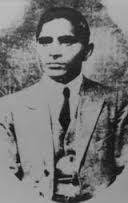
He was deeply influenced by European thinkers and revolutionaries. He read Marx, Mazzini, and Bakunin. He questioned the legitimacy of British rule not just in India, but across the colonized world. His worldview expanded, and so did his resolve.
🔹 3. The Oxford Exit: Choosing Revolution Over Recognition
Despite his academic brilliance, Virendranath Chattopadhyaya left Oxford without completing his degree. This was not a failure—it was a conscious act of defiance. He realized that a British degree would only serve the colonial machinery he sought to dismantle.
His departure from Oxford marked a turning point. He rejected the path of assimilation and chose the road of resistance. It was a bold move, one that shocked his peers but defined his character. For Virendranath Chattopadhyaya, education was not about credentials—it was about consciousness.
This decision also reflected his growing disillusionment with the hypocrisy of British liberalism. He saw how the empire preached democracy at home while practicing tyranny abroad. He could no longer be part of that contradiction.
🔹 4. India House, London: The Furnace of Revolution
After leaving Oxford, Virendranath Chattopadhyaya moved to London, where he became a central figure at India House, a radical student hostel founded by Shyamji Krishna Varma. It was here that he met Vinayak Damodar Savarkar, another fiery nationalist who believed in armed resistance.
India House was more than a residence—it was a revolutionary incubator. It hosted lectures, published pamphlets, and trained young Indians in political activism. Under surveillance by British intelligence, it became a symbol of defiance.
Virendranath Chattopadhyaya thrived in this environment. He wrote articles, organized meetings, and debated strategies for India’s liberation. He and Savarkar, though different in ideology—Chatto leaned left, Savarkar was a Hindu nationalist—shared a common goal: to end British rule.
Their collaboration was electric. Together, they envisioned a new India—free, fearless, and self-reliant. They believed that the fight for freedom had to be global, and they worked to build networks across Europe.
🔹 5. The Radical Awakening: From Student to Strategist
By the end of the 1890s, Virendranath Chattopadhyaya had transformed from a brilliant student into a revolutionary strategist. His time in Madras gave him intellectual grounding. Oxford sharpened his critical thinking. India House ignited his political fire.
He understood that the British Empire was vulnerable—not just in India, but across its colonies. He began to think in terms of international alliances, revolutionary propaganda, and underground networks. His vision was expansive, his methods bold.
This period also marked the beginning of his lifelong commitment to transnational resistance. He believed that India’s freedom was linked to the liberation of all oppressed peoples. This belief would later take him to Berlin, Moscow, and beyond.
🔹 6. Legacy of the 1890s: The Education of a Revolutionary
The 1890s were not just a decade of learning for Virendranath Chattopadhyaya—they were a decade of becoming. He entered as a student and emerged as a revolutionary. His journey from Madras to Oxford to London was not linear—it was transformative.
He rejected the colonial script written for him and authored his own. He chose exile over comfort, resistance over recognition. He saw education not as an end, but as a means to awaken a nation.
Today, as we revisit his life, we must remember that revolutions are not born in battlefields alone—they are born in classrooms, in libraries, in whispered conversations between students who dare to dream. Virendranath Chattopadhyaya was one such dreamer, and his dream was India’s freedom.
🌍Virendranath Chattopadhyaya: The Revolutionary Who Redrew India’s Freedom Map from Paris to Berlin (1907–1914)
✒️ Introduction
Between 1907 and 1914, Virendranath Chattopadhyaya transformed from a radical thinker into a transnational revolutionary. Operating from Paris and Berlin, he built India’s underground resistance with unmatched strategic brilliance. This chapter traces his journey step by step—how he forged alliances, published propaganda, and laid the foundation for India’s global fight against British imperialism.
🔹 1. Paris: The First Flame of Exile
In 1907, Virendranath Chattopadhyaya moved to Paris, a city that had long been a refuge for political exiles and revolutionaries. Here, he joined forces with Madam Bhikaji Cama, a fearless nationalist who had just unfurled the first flag of Indian independence at the Socialist Congress in Stuttgart.
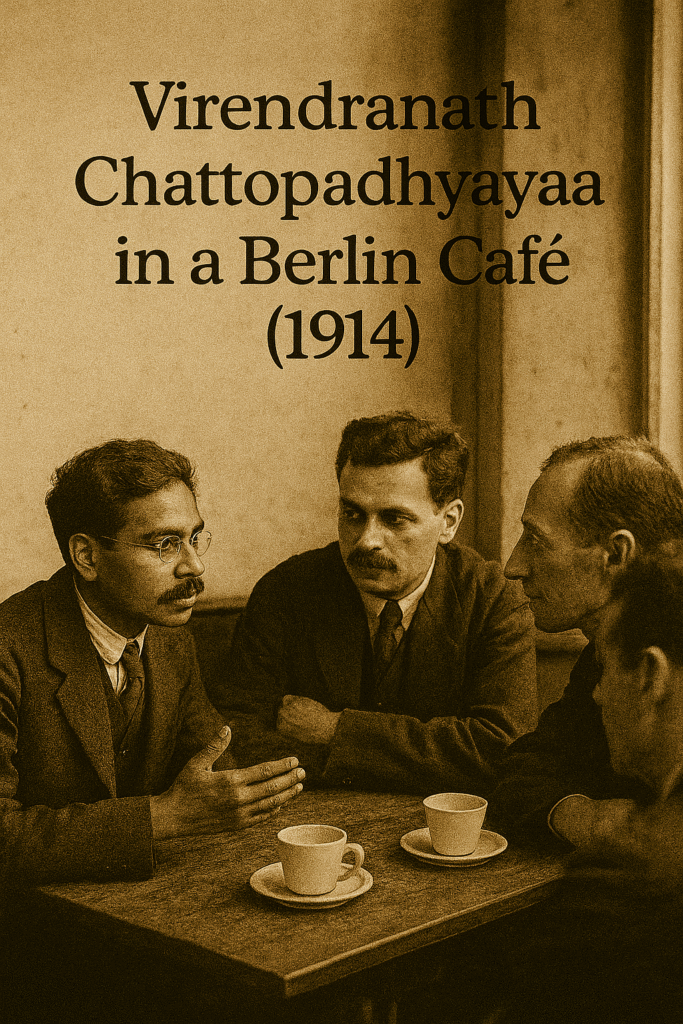
Paris was more than a city—it was a launchpad. Virendranath Chattopadhyaya immersed himself in revolutionary circles, connecting with European socialists, anarchists, and anti-colonial activists. He began publishing articles that exposed the brutality of British rule in India, calling for armed resistance and international solidarity.
His work in Paris was foundational. It marked the beginning of his role as a global strategist, someone who understood that India’s freedom could not be won in isolation—it had to be part of a larger anti-imperialist movement.
🔹 2. Berlin: Building the Nerve Center of Resistance
By 1910, Virendranath Chattopadhyaya had relocated to Berlin, where he co-founded the Berlin Committee, later known as the Indian Independence Committee. This was no ordinary group—it was a revolutionary command center, designed to coordinate anti-British activities across Europe and Asia.
The Berlin Committee became a magnet for Indian exiles, students, and activists. Under Virendranath Chattopadhyaya’s leadership, it published fiery manifestos, organized secret meetings, and trained young revolutionaries in political warfare. He was joined by legendary figures like Har Dayal and Lala Hardayal, each bringing their own fire to the cause.
Berlin gave Virendranath Chattopadhyaya the space to think big. He envisioned a network that spanned continents, one that could challenge the British Empire not just in India, but in its global strongholds.
🔹 3. The Power of Print: Propaganda as a Weapon
One of Virendranath Chattopadhyaya’s most potent tools was the printed word. He launched and contributed to several underground publications that circulated among Indian students, workers, and soldiers abroad.
These journals were bold, unapologetic, and revolutionary. They exposed British atrocities, celebrated Indian heroes, and called for immediate action. Virendranath Chattopadhyaya understood that propaganda wasn’t just about information—it was about igniting emotion, provoking thought, and mobilizing action.
His writings reached Indian soldiers in British regiments, students in European universities, and activists in Southeast Asia. He used language as a weapon, and every word was a bullet aimed at colonial oppression.
🔹 4. Strategic Alliances: Germany and Japan
Virendranath Chattopadhyaya was not content with rhetoric—he wanted results. He believed that India’s fight for freedom needed international alliances, especially with powers opposed to Britain.
He reached out to Germany, which was then rising as a counter-imperial force. He proposed coordinated efforts to destabilize British control in India, including support for armed uprisings and sabotage missions. His diplomatic skills were sharp—he knew how to speak the language of strategy and solidarity.
He also sought ties with Japan, which had recently defeated Russia and emerged as a symbol of Asian strength. Virendranath Chattopadhyaya admired Japan’s modernization and saw it as a potential ally in India’s liberation.
These alliances weren’t just theoretical—they were operational. They laid the groundwork for the Hindu–German Conspiracy, a daring plan to incite rebellion in India during World War I.
🔹 5. Organizing the Youth: Revolution in the Classroom
While building networks and publishing propaganda, Virendranath Chattopadhyaya also focused on Indian students in Europe. He believed that the youth were the torchbearers of revolution, and he worked tirelessly to educate, inspire, and mobilize them.
He organized study circles, held secret meetings, and mentored young activists. He taught them history, strategy, and ideology. He didn’t just want followers—he wanted leaders.
Many of these students would later become key figures in India’s freedom movement. They carried forward his vision, his tactics, and his fire.
🔹 6. Legacy of the European Years
By 1914, as World War I erupted, Virendranath Chattopadhyaya had built a revolutionary infrastructure that spanned cities, ideologies, and continents. His work in Paris and Berlin was not just political—it was foundational.
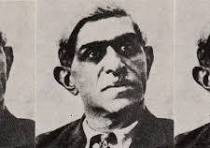
He proved that India’s fight for freedom could be global, strategic, and relentless. He showed that exile was not a weakness—it was a weapon. He taught that revolution was not just about guns—it was about ideas, alliances, and courage.
Virendranath Chattopadhyaya emerged from this period as one of the most important architects of India’s international resistance. His name may not be in every textbook, but his impact echoes in every corner of India’s liberation story.
✊Virendranath Chattopadhyaya : The War Years That Shook Empires (1914–1918)
Between 1914 and 1918, Virendranath Chattopadhyaya emerged as one of the most daring architects of India’s global resistance. While the world was engulfed in World War I, he turned exile into strategy, diplomacy into defiance, and propaganda into revolution. This chapter explores how Virendranath Chattopadhyaya used the war to challenge British rule—step by step, with emotional depth and historical precision.
🔹 1. The Hindu–German Conspiracy: A Revolutionary Alliance
As World War I erupted in 1914, Virendranath Chattopadhyaya saw a rare opportunity. Britain was vulnerable, distracted by global conflict. He believed this was the moment to strike—not with armies, but with alliances and underground networks.
He became a key figure in the Hindu–German Conspiracy, a bold plan to incite rebellion in India with support from Germany. The goal was clear: destabilize British control by coordinating uprisings, smuggling arms, and spreading revolutionary propaganda.
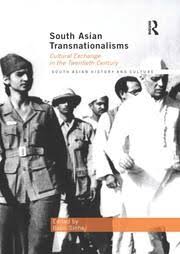
Operating from Berlin, Virendranath Chattopadhyaya worked with German officials, Indian exiles, and radical thinkers. He wasn’t just a participant—he was a strategist. He understood geopolitics, timing, and the power of coordinated resistance.
This conspiracy wasn’t just a plot—it was a declaration. It said to the world: India will not wait. India will fight.
🔹 2. Diplomacy in the Shadows: Coordinating with German Officials
Virendranath Chattopadhyaya’s brilliance lay in his ability to navigate diplomacy without compromising ideology. He met with German officials, negotiated support, and proposed tactical plans to disrupt British rule in India.
He argued that Germany’s interest in weakening Britain aligned with India’s fight for freedom. He wasn’t begging for help—he was offering a partnership. His proposals included:
- Funding revolutionary activities in India
- Broadcasting anti-British messages to Indian soldiers
- Coordinating uprisings in Punjab and Bengal
- Smuggling arms through Southeast Asia
Virendranath Chattopadhyaya’s meetings were secret, intense, and high-stakes. He knew that one misstep could mean arrest—or worse. But he pressed on, driven by a vision larger than fear.
🔹 3. The Power of the Pen: Journals and Manifestos
While others fought with weapons, Virendranath Chattopadhyaya wielded the pen like a sword. He published revolutionary journals and manifestos that called for Indian independence, exposed British atrocities, and rallied support across Europe and Asia.
His writings were bold, poetic, and incendiary. They reached Indian soldiers in British regiments, students in European universities, and activists in Southeast Asia. He used language to ignite rebellion.
Some of his publications included:
- “Talwar” – A fiery journal that called for armed resistance
- Manifestos from the Berlin Committee – Strategic documents outlining India’s path to freedom
- Letters to revolutionaries – Personal appeals that built solidarity and courage
Virendranath Chattopadhyaya understood that ideas could travel faster than bullets. His words became weapons, and his message was clear: India must rise.
🔹 4. Under Surveillance: The British Intelligence Hunt
As his influence grew, so did the danger. Virendranath Chattopadhyaya was now a marked man. British intelligence tracked his movements, intercepted his letters, and placed informants in his circles.
He was labeled a threat to the empire—a revolutionary who operated across borders, languages, and ideologies. But surveillance didn’t stop him. It sharpened him.
He changed locations frequently, used aliases, and encrypted his communications. He trained others to do the same. He turned exile into a network, and danger into discipline.
Despite constant monitoring, Virendranath Chattopadhyaya continued to publish, organize, and inspire. His resilience became legendary.
🔹 5. Legacy of the War Years: A Blueprint for Global Resistance
By 1918, as World War I ended, Virendranath Chattopadhyaya had built a revolutionary infrastructure that spanned continents. His work during the war wasn’t just reactive—it was visionary.
He proved that India’s freedom could be fought from abroad, that alliances mattered, and that propaganda could be revolutionary. He laid the groundwork for future movements, including the Ghadar Party and the League Against Imperialism.
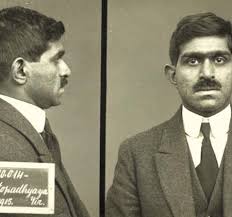
His legacy from this period includes:
- Globalizing India’s freedom struggle
- Establishing the Berlin Committee as a revolutionary hub
- Creating a model for transnational resistance
- Inspiring generations of exiled patriots
Virendranath Chattopadhyaya didn’t just survive the war—he weaponized it. He turned global chaos into revolutionary opportunity, and his name became a symbol of fearless defiance.
✪ The Global Revolutionary Who Wove Asia, Africa, and Europe into One Anti-Imperialist Flame (1919–1927)
Between 1919 and 1927, Virendranath Chattopadhyaya emerged as a transcontinental force for anti-colonial solidarity. Operating from Moscow and collaborating with revolutionaries across Asia and Africa, he transformed exile into strategy, ideology into action, and writing into resistance.
🔹 1. Joining the Comintern: A Revolutionary Enters the Global Vanguard
n 1919, as the world reeled from the aftermath of World War I, Virendranath Chattopadhyaya joined the Comintern (Communist International)—a Moscow-based organization founded to unite global communist movements. For Chatto, this was not just a political affiliation; it was a strategic leap into the heart of international revolution.
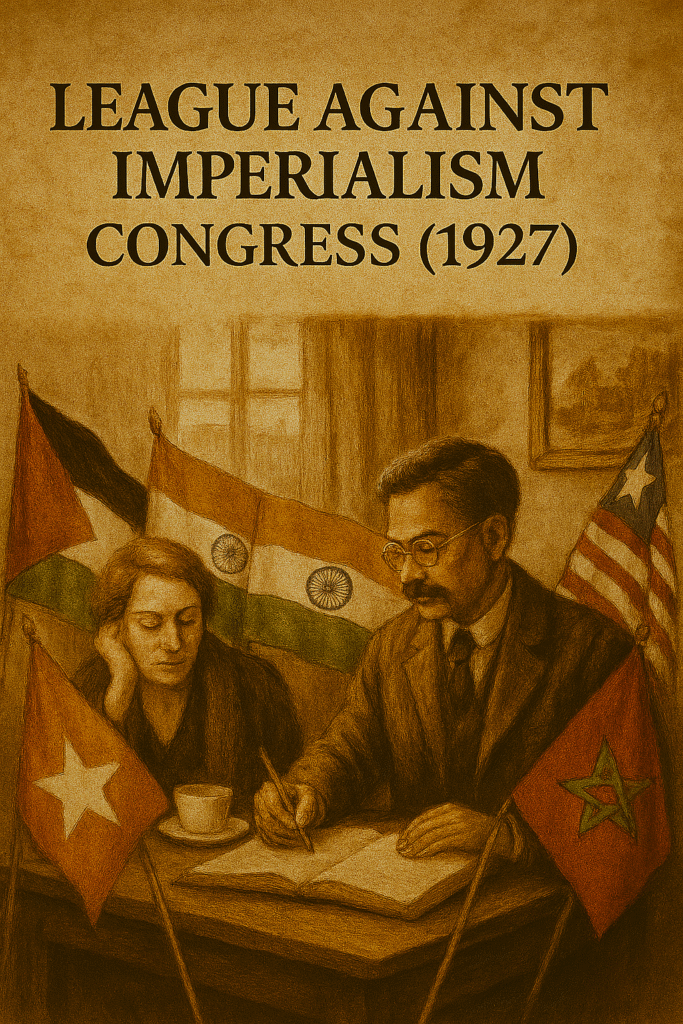
He saw the Comintern as a platform to globalize India’s freedom struggle. His belief was clear: colonialism was a global system, and only a united front of oppressed nations could dismantle it. Within the Comintern, Virendranath Chattopadhyaya became a voice for colonized peoples, advocating for coordinated resistance and ideological clarity.
🔹 2. Life in Moscow: Revolution in Exile
From 1919 onward, Virendranath Chattopadhyaya lived in Moscow, the epicenter of global communist strategy. Here, he worked closely with Agnes Smedley, an American journalist and activist who became his partner in both life and revolution.
Their relationship was built on shared ideals. Together, they wrote, organized, and strategized. Agnes documented the lives of Asian revolutionaries, while Chatto built networks that connected India’s struggle to broader anti-colonial movements. Their apartment became a meeting ground for revolutionaries from China, Vietnam, Egypt, and beyond.
Moscow offered safety from British surveillance but demanded ideological discipline. Virendranath Chattopadhyaya navigated these tensions with grace, remaining committed to India’s liberation while engaging deeply with Marxist theory and Soviet politics.
🔹 3. Advocating Anti-Colonial Solidarity Across Asia and Africa
One of Virendranath Chattopadhyaya’s greatest contributions during this period was his advocacy for anti-colonial solidarity. He believed that India’s liberation was inseparable from the freedom of other colonized nations.
He worked tirelessly to build alliances with African nationalists, Arab intellectuals, and Asian revolutionaries. His speeches at Comintern congresses emphasized the shared suffering of colonized peoples, the need for coordinated resistance, and the urgency of armed and ideological struggle.
He didn’t just speak—he listened. He learned from African poets, Chinese strategists, and Arab philosophers. His humility and strategic clarity made him a respected figure across movements.
🔹 4. The League Against Imperialism: A New Platform for Global Resistance
In 1927, Virendranath Chattopadhyaya played a pivotal role in the formation of the League Against Imperialism, a transnational organization that brought together anti-colonial activists from around the world.
The League was a bold experiment. It aimed to unite revolutionaries from different ideologies—communists, nationalists, socialists—under one banner. Chatto was instrumental in shaping its vision, drafting its manifestos, and organizing its congresses.
His work in the League included:
- Drafting resolutions on Indian independence
- Coordinating with Egyptian and Vietnamese delegates
- Publishing reports on British atrocities
- Advocating for cultural and political autonomy
Virendranath Chattopadhyaya was not just a participant—he was a leader. His charisma, intellect, and strategic clarity made him a guiding force in the League’s early years.
🔹 5. Writing as Resistance: The Power of the Pen
Throughout this period, Virendranath Chattopadhyaya wrote extensively in socialist journals and revolutionary publications. His articles were sharp, poetic, and uncompromising.
He wrote about:
- The psychological impact of colonialism
- The role of youth in revolution
- The importance of international solidarity
- The failures of moderate nationalism
His writings appeared in journals across Europe and Asia. They were translated into multiple languages and circulated among underground networks. He used literature not just to inform—but to inspire.
His style blended Bengali lyricism with Marxist clarity. He quoted Tagore and Lenin in the same breath. He believed that revolution needed both fire and finesse.
🔹 6. Legacy of the Comintern Years: A Revolutionary Blueprint
By 1927, Virendranath Chattopadhyaya had become a global icon of anti-imperialism. His work in Moscow, his leadership in the League Against Imperialism, and his writings had created a blueprint for transnational resistance.
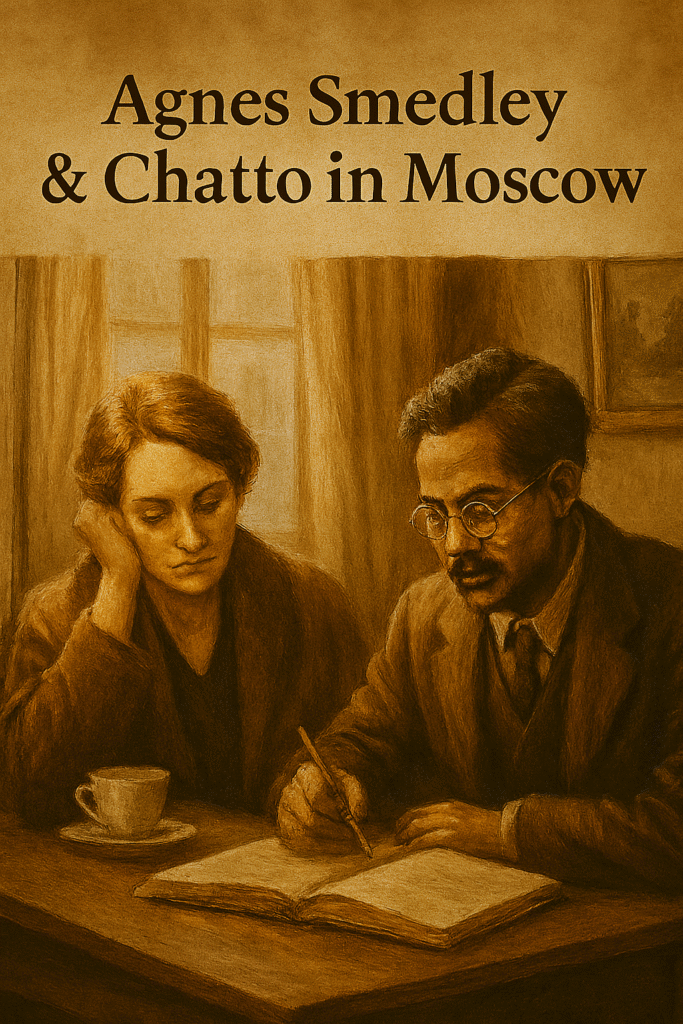
He proved that India’s freedom was part of a larger story—a story of dignity, defiance, and global solidarity. He showed that revolution could be intellectual, emotional, and strategic.
His legacy from this period includes:
- Uniting colonized nations under one revolutionary vision
- Bridging ideological divides with empathy and clarity
- Using exile as a platform for empowerment
- Writing history from the margins, with courage and conviction
Virendranath Chattopadhyaya didn’t just fight for India—he fought for humanity. His name deserves to be remembered not just in Indian history, but in the global story of liberation.
📚 Sources
- Virendranath Chattopadhyaya – Wikipedia
- 1914–1918 Online Encyclopedia – Chattopadhyaya, Virendranath
- Anarchist Studies – Politics of Friendship
⚔ The Silent Rebel in Stalin’s Shadow (1928–1936)
Between 1928 and 1936, Virendranath Chattopadhyaya endured one of the most complex and emotionally charged phases of his revolutionary life.
🔹 1. Ideological Conflicts Within the Comintern
By the late 1920s, Virendranath Chattopadhyaya began to experience deep ideological rifts within the Comintern. The organization, once a beacon of international solidarity, was now increasingly dominated by Stalinist orthodoxy. Debate gave way to dogma. Dissent was branded as betrayal.
Virendranath Chattopadhyaya, a lifelong believer in anti-colonial unity and intellectual freedom, found himself at odds with the rigid party line. He questioned the suppression of diverse voices, the purging of independent thinkers, and the narrowing of revolutionary vision.
His critiques were not loud—but they were clear. He believed that revolution must remain rooted in justice, not fear. His refusal to conform made him a target, but it also reaffirmed his integrity.
🔹 2. Disillusionment with Stalinist Purges
As Stalin’s purges intensified in the early 1930s, Virendranath Chattopadhyaya grew increasingly disillusioned. Friends disappeared. Colleagues were denounced. The air in Moscow grew heavy with suspicion.
He watched as fellow revolutionaries—many of whom had fought alongside him—were accused of treason and erased from history. The ideals he had once embraced were now weaponized against their own architects.
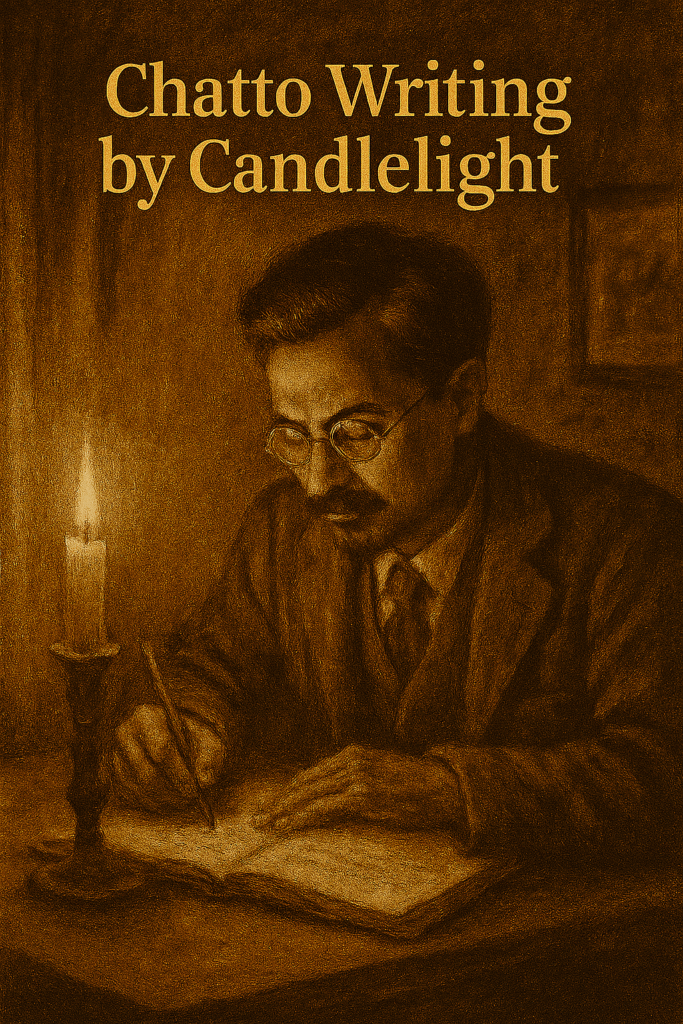
Virendranath Chattopadhyaya did not publicly rebel, but his writings became more introspective, more coded. He mourned the loss of revolutionary spirit and warned against blind obedience. His disillusionment was not weakness—it was clarity.
🔹 3. Surveillance in the Soviet Union
By 1932, Virendranath Chattopadhyaya was living under intense surveillance. The Soviet state monitored his movements, intercepted his communications, and restricted his travel. He was no longer a celebrated comrade—he was a suspect.
Yet he remained composed. He adapted. He continued to write, to mentor, to meet quietly with younger activists. He turned his isolation into reflection, his silence into strategy.
He knew the risks. He knew that one misstep could mean arrest—or worse. But he refused to abandon his principles. His courage during this period was quiet, but profound.
🔹 4. Writing and Mentoring: Resistance in Silence
Despite the pressure, Virendranath Chattopadhyaya never stopped writing. His articles, though fewer, carried deeper meaning. He explored themes of betrayal, resilience, and the soul of revolution.
He also mentored younger revolutionaries—those who still believed in justice, not just ideology. He taught them history, strategy, and the importance of critical thought. He reminded them that revolution was not just about power—it was about people.
His apartment became a sanctuary for honest dialogue. He offered guidance, encouragement, and perspective. He became a living archive of India’s global resistance.
🔹 5. Legacy of the Silent Years
The years between 1928 and 1936 were not marked by dramatic speeches or bold actions—but they were no less revolutionary. Virendranath Chattopadhyaya showed that resistance could take many forms: critique, mentorship, integrity.
He proved that even in isolation, a revolutionary could remain true. He refused to be silenced by fear, erased by ideology, or broken by surveillance.
His legacy from this period includes:
- Defending intellectual freedom within authoritarian systems
- Mentoring the next generation of revolutionaries
- Writing with courage under censorship
- Living with dignity in the face of betrayal
Virendranath Chattopadhyaya was not just a victim of Stalin’s purges—he was a witness, a resistor, and a reminder that revolution must always serve truth.
📚 Sources
- Virendranath Chattopadhyaya – Wikipedia
- Spies, Lies and Stalin’s Allies – India Herald
- Hope, Adventure and Tragedy – The Wire
⚰️ Virendranath Chattopadhyaya: The Revolutionary Who Vanished in Stalin’s Shadow (1937)
Virendranath Chattopadhyaya’s final year—1937—was not just the end of a life, but the silencing of a revolutionary voice that had once echoed across continents.
🔹 1. The Final Days: A Revolutionary in the Crosshairs
By early 1937, Virendranath Chattopadhyaya was living in Moscow, increasingly isolated and under surveillance. His ideological conflicts with Stalinist orthodoxy had already placed him on the margins of the Comintern. Friends had vanished. Colleagues had been arrested. The air was thick with fear.
He had once been a celebrated figure in international communist circles—a bridge between colonized nations and revolutionary Europe. But now, his refusal to conform, his insistence on intellectual freedom, and his critiques of authoritarianism had made him a target.
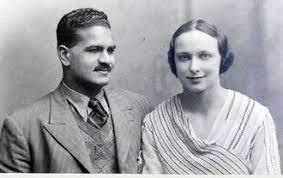
He knew the risks. He had seen the purges unfold—intellectuals, revolutionaries, and foreign activists accused of espionage, sabotage, or ideological deviation. Yet he remained in Moscow, continuing to write, mentor, and reflect.
His presence was no longer celebrated. It was tolerated. And then, it was erased.
🔹 2. September 2, 1937: The Presumed End
Virendranath Chattopadhyaya is believed to have died on September 2, 1937, in Moscow. There is no official record of a trial. No documentation of execution. No grave. His death, like much of Stalin’s purge, was shrouded in secrecy.
Some accounts suggest he was accused of espionage, a common charge used to eliminate dissenters. Others believe he was simply caught in the wave of paranoia that swept through Soviet institutions. What is certain is that he disappeared—and the world lost one of its most brilliant revolutionary minds.
His death was not just a personal tragedy. It was a political erasure. A man who had once stood on global stages, who had united Asia, Africa, and Europe in anti-colonial solidarity, was now a ghost in history.
🔹 3. Stalin’s Great Purge: The Machinery of Erasure
To understand the disappearance of Virendranath Chattopadhyaya, one must understand the Great Purge. Between 1936 and 1938, Joseph Stalin orchestrated a campaign of political repression that targeted party officials, intellectuals, military leaders, and foreign revolutionaries.
The purges were brutal. Trials were staged. Confessions were coerced. Executions were swift. The goal was not just to eliminate opposition—it was to rewrite history, to control memory.
Foreign revolutionaries like Chatto were especially vulnerable. They were outsiders, ideologically independent, and often critical of Soviet policies. Many were accused of being spies, traitors, or counter-revolutionaries.
Virendranath Chattopadhyaya, with his history of dissent and his refusal to conform, fit the profile. His disappearance was part of a larger pattern—a systematic silencing of voices that refused to echo Stalin’s line.
🔹 4. The Mystery: No Trial, No Grave, No Closure
The absence of official records has fueled decades of speculation. Was Virendranath Chattopadhyaya executed without trial? Was he imprisoned and left to die in silence? Was his name deliberately removed from Soviet archives?
Historians like Kavitha Rao and others have tried to piece together his final days, but the truth remains elusive. The Soviet Union’s secrecy, combined with the political sensitivity of foreign revolutionaries, has made documentation scarce.
What remains is a void—a silence that speaks volumes. His disappearance is a reminder of how revolutions can devour their own, how ideology can turn on its architects, and how history can forget its most fearless voices.
🔹 5. Emotional Reflection: The Silence of a Firebrand
Imagine the final days of Virendranath Chattopadhyaya—a man who had once debated with Leninists, mentored revolutionaries, and published manifestos that shook empires. Alone. Watched. Silenced.
What thoughts filled his mind? Did he reflect on his journey from Hyderabad to Heidelberg, from India House to Moscow? Did he mourn the betrayal of ideals? Did he find solace in the knowledge that he had lived with integrity?
His silence was not surrender. It was resistance. Even in isolation, he refused to betray his principles. His courage during this period was quiet, but profound.
🔹 6. Comparative Legacy: Chatto and His Contemporaries
Virendranath Chattopadhyaya’s death stands in stark contrast to other revolutionaries of his time. M.N. Roy, another Indian communist, managed to survive Stalin’s purges and returned to India. Bhikaji Cama died in exile but was never erased. Har Dayal faded into obscurity but remained untouched.
Chatto’s fate was different. He was not just forgotten—he was deliberately erased. His name was removed from records, his contributions buried, his memory silenced.
Yet his legacy endures. He was the only Indian revolutionary to operate at such a high level within the Comintern, to mentor activists from Asia and Africa, and to challenge Stalinist orthodoxy from within.
🔹 7. Archival Gaps: The Politics of Forgetting
The erasure of Virendranath Chattopadhyaya is not just a historical accident—it is a political act. The Soviet Union controlled memory as tightly as it controlled ideology. Dissenters were not just killed—they were unremembered.
This has made research difficult. Biographers have struggled to find letters, trial records, or eyewitness accounts. Soviet archives remain incomplete. Indian history textbooks rarely mention him.
But the gaps speak volumes. They reveal the cost of ideological purity, the danger of authoritarianism, and the fragility of revolutionary memory.
🔹 8. Tribute Section: Remembering Chatto
Today, as we revisit his story, we must honor the silence that surrounds his death. Not with sorrow, but with resolve. Virendranath Chattopadhyaya deserves to be remembered—not just for how he died, but for how he lived.
He was a man of fire, intellect, and unwavering courage. He challenged empires, built movements, and inspired generations. His disappearance is a wound in history—but his legacy is a flame that refuses to be extinguished.
Quotes from scholars:
- “Chatto was the soul of India’s international resistance.” – Kavitha Rao
- “His silence was louder than Stalin’s propaganda.” – Anuradha Roy
- “He taught us that revolution must always serve truth.” – Agnes Smedley (in her memoirs)
🔹 9. Legacy Beyond Death: The Flame That Refused to Die
Even in death, Virendranath Chattopadhyaya remains a symbol of transnational resistance. His life was a blueprint for global revolution. His writings, alliances, and mentorships continue to inspire.
He proved that exile could be empowering, that solidarity could transcend borders, and that revolution was not just about power—but about dignity.
His legacy includes:
- Building India’s international resistance network
- Uniting colonized nations under one revolutionary vision
- Challenging imperialism from Berlin to Moscow
- Living—and dying—for a cause larger than himself
His death may be undocumented, but his impact is undeniable. He was not just a revolutionary—he was a cartographer of freedom.
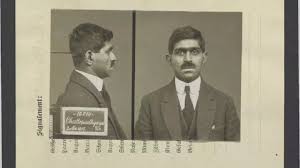
📚 Sources
- Virendranath Chattopadhyaya – Wikipedia
- Spies, Lies and Stalin’s Allies – India Herald
- Chattopadhyaya, Virendranath – 1914–1918 Online Encyclopedia
🕊️Virendranath Chattopadhyaya: The Forgotten Architect of Global Revolution
Virendranath Chattopadhyaya’s legacy is not etched in stone monuments or school textbooks—but in the hearts of those who understand revolution as a global, moral, and intellectual pursuit. Known by the pseudonym “Chatto,” he was one of the few Indians who dared to build international revolutionary networks, connecting Berlin, Paris, Moscow, and Tokyo to the dream of Indian independence. His work laid the foundation for transnational anti-colonial solidarity, even as mainstream history chose silence over celebration.
🔹 1. “Chatto”: A Name That Echoed Across Continents
The name Virendranath Chattopadhyaya became “Chatto” in revolutionary circles—a pseudonym that carried weight, mystery, and fire. It wasn’t just a nickname; it was a symbol of transformation. From Oxford student to Berlin conspirator, from Comintern strategist to Soviet exile, “Chatto” embodied the spirit of resistance.
His name appeared in underground journals, secret manifestos, and coded telegrams. It was whispered in revolutionary cafés and shouted in anti-imperialist congresses. “Chatto” was not just a man—it was a movement.
🔹 2. Building Global Networks: The Architect of Transnational Resistance
Virendranath Chattopadhyaya was among the first Indians to understand that freedom could not be won in isolation. He built networks that connected Indian revolutionaries with German officials, Japanese strategists, African nationalists, and American journalists.
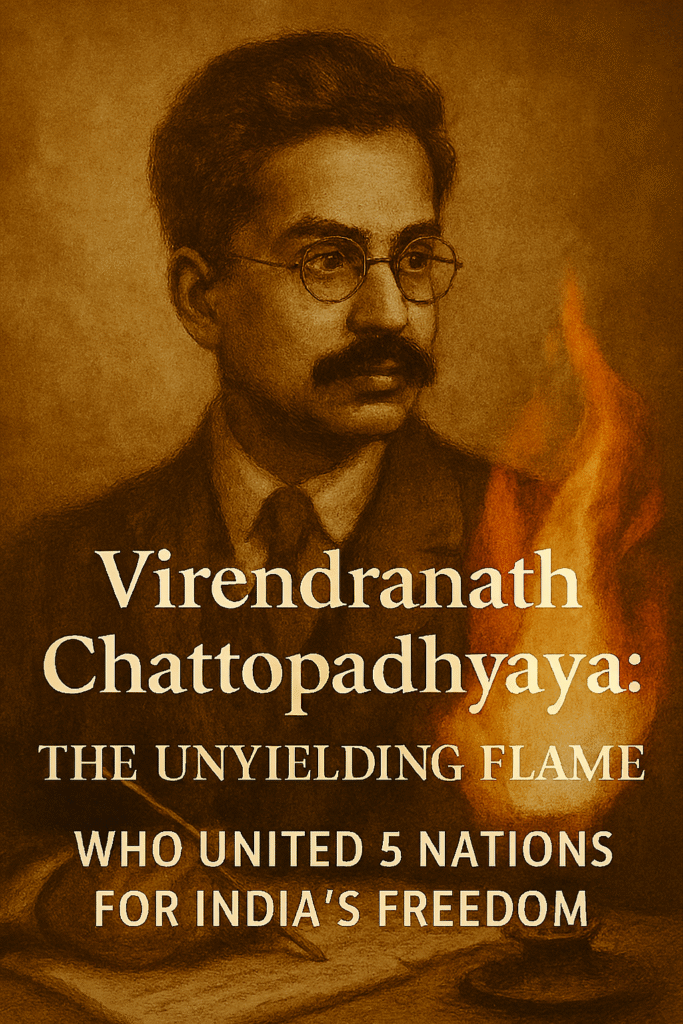
He co-founded the Berlin Committee, collaborated with Bhikaji Cama, Har Dayal, and Agnes Smedley, and mentored revolutionaries from China, Egypt, and Vietnam. His vision was expansive: unite the oppressed, challenge the colonizers, and rewrite the map of power.
These networks weren’t just political—they were emotional. They were built on trust, shared suffering, and a common dream. Virendranath Chattopadhyaya was the thread that stitched together the fabric of global resistance.
🔹 3. Laying the Foundation for Anti-Colonial Solidarity
Before the League of Nations, before the United Nations, before Bandung and Non-Alignment, there was Chatto—arguing for solidarity across Asia and Africa. He believed that colonialism was a global disease, and only a united front could cure it.
His speeches at the Comintern and the League Against Imperialism emphasized:
- The shared trauma of colonized peoples
- The need for coordinated ideological and armed resistance
- The importance of cultural pride and historical memory
He didn’t just theorize—he acted. He published, organized, and strategized. He gave colonized nations a voice in international forums, long before it was fashionable or permitted.
🔹 4. Overshadowed in Mainstream History, Revered in Radical Circles
Despite his contributions, Virendranath Chattopadhyaya remains largely absent from mainstream Indian history. His name is missing from textbooks, his story untold in classrooms. Why?
Because he was too radical. Too global. Too uncompromising.
He didn’t fit the neat narrative of constitutional nationalism. He challenged not just British imperialism, but also Soviet authoritarianism. He refused to be boxed in by ideology, geography, or fear.
Yet in radical circles, his name is revered. Scholars, activists, and underground historians recognize him as a pioneer—a man who lived and died for a cause larger than himself.
🔹 5. Legacy in Today’s Movements
Today, as movements for justice, dignity, and liberation rise across the world, Virendranath Chattopadhyaya’s legacy feels more relevant than ever. He reminds us that:
- Revolution is global
- Solidarity is strength
- Integrity is non-negotiable
- Memory is resistance
His life is a blueprint for those who dare to dream beyond borders, who refuse to be silenced, and who believe that freedom must be fought for—everywhere.
🏁 Conclusion: Virendranath Chattopadhyaya—The Flame That Crossed Borders
Virendranath Chattopadhyaya was not merely a revolutionary—he was a transnational architect of resistance. Known as Chatto, he united minds and movements across five nations—India, Germany, France, Russia, and Belgium—each a chapter in his relentless pursuit of freedom. His legacy is not confined to one geography or ideology; it is a global echo of courage, intellect, and unwavering defiance.
From the fiery corridors of India House in London to the strategic depths of the Berlin Committee, Virendranath Chattopadhyaya built bridges where empires built walls. He collaborated with Bhikaji Cama, Har Dayal, and Agnes Smedley, proving that revolution thrives in unity. His work with the Comintern and the League Against Imperialism laid the foundation for anti-colonial solidarity across Asia and Africa.
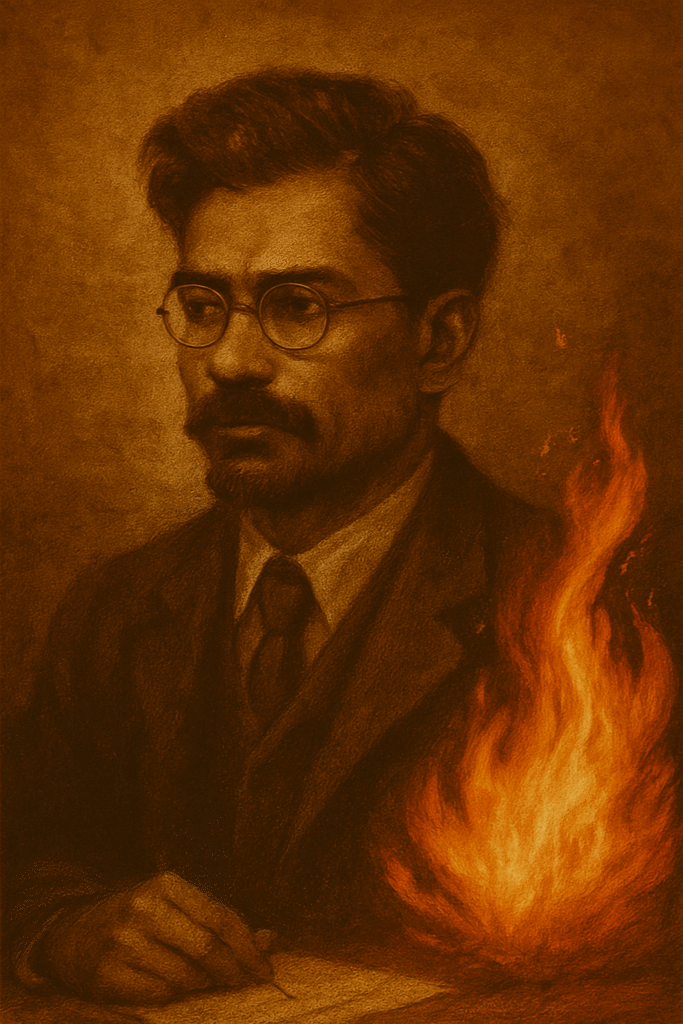
Even under Stalinist surveillance, Virendranath Chattopadhyaya continued to mentor, write, and resist. His disappearance in 1937 during the Great Purge was not the end—it was the beginning of a legacy that refuses to be silenced. Overshadowed in mainstream history, he remains revered in radical circles as the revolutionary who dared to globalize India’s freedom struggle.
Today, Virendranath Chattopadhyaya stands as a symbol of what it means to fight without borders, to speak truth in exile, and to live for a cause larger than self. His flame did not die—it multiplied. His name is not forgotten—it is reborn in every act of resistance.
Let us carry forward the legacy of Virendranath Chattopadhyaya—not as a memory, but as a mandate. Because when one man unites five nations for freedom, he doesn’t vanish—he becomes immortal.
📘 FAQ: Understanding Virendranath Chattopadhyaya
1. What made Virendranath Chattopadhyaya’s revolutionary style different from other Indian freedom fighters?
Answer: Unlike many Indian revolutionaries who focused on domestic resistance, Virendranath Chattopadhyaya built a transnational web of rebellion. He didn’t just fight for India—he fought with Egypt, China, Vietnam, and Africa. His strategy was rooted in global solidarity, not just national liberation. He believed that colonialism was a system, and dismantling it required a networked revolution.
2. Why did Chatto choose exile over returning to India?
Answer: Virendranath Chattopadhyaya saw exile not as escape, but as expansion. He understood that the British Empire feared international exposure more than domestic unrest. By operating from Berlin, Moscow, and Brussels, he could challenge imperialism from its blind spots, build alliances, and publish freely. Exile gave him reach—and reach gave him power.
3. What emotional toll did Stalinist surveillance have on Chatto?
Answer: Living under Stalin’s watch, Virendranath Chattopadhyaya experienced emotional erosion. Friends vanished. Letters were intercepted. Ideals were betrayed. Yet he never broke. He turned silence into strategy, isolation into mentorship. His resilience wasn’t loud—it was quiet defiance, a refusal to surrender his soul to fear.
4. How did Chatto’s work influence post-independence global movements?
Answer: Though erased from textbooks, Virendranath Chattopadhyaya’s vision of transnational resistance inspired later movements like the Non-Aligned Movement, Pan-Africanism, and Third World solidarity. His belief in cross-border unity laid the ideological groundwork for post-colonial diplomacy. He was a ghost mentor to movements that never knew his name.
5. What would Chatto say to today’s youth fighting oppression?
Answer: He’d say: “Don’t localize your pain—globalize your purpose.”
Virendranath Chattopadhyaya would urge today’s youth to build alliances beyond borders, to challenge systems not just symptoms, and to write with fire. He’d remind them that freedom isn’t inherited—it’s constructed, and every generation must lay its own bricks.
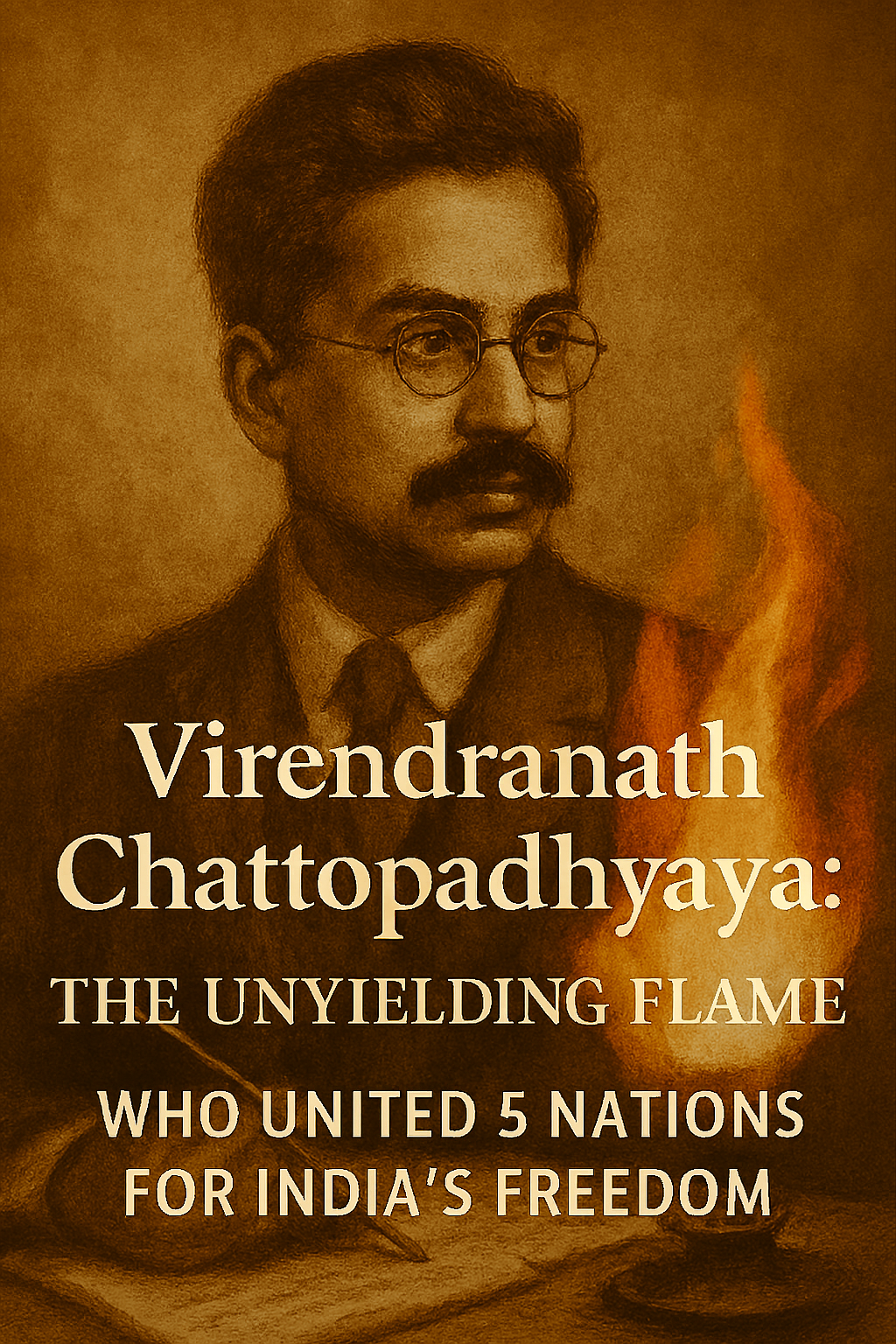
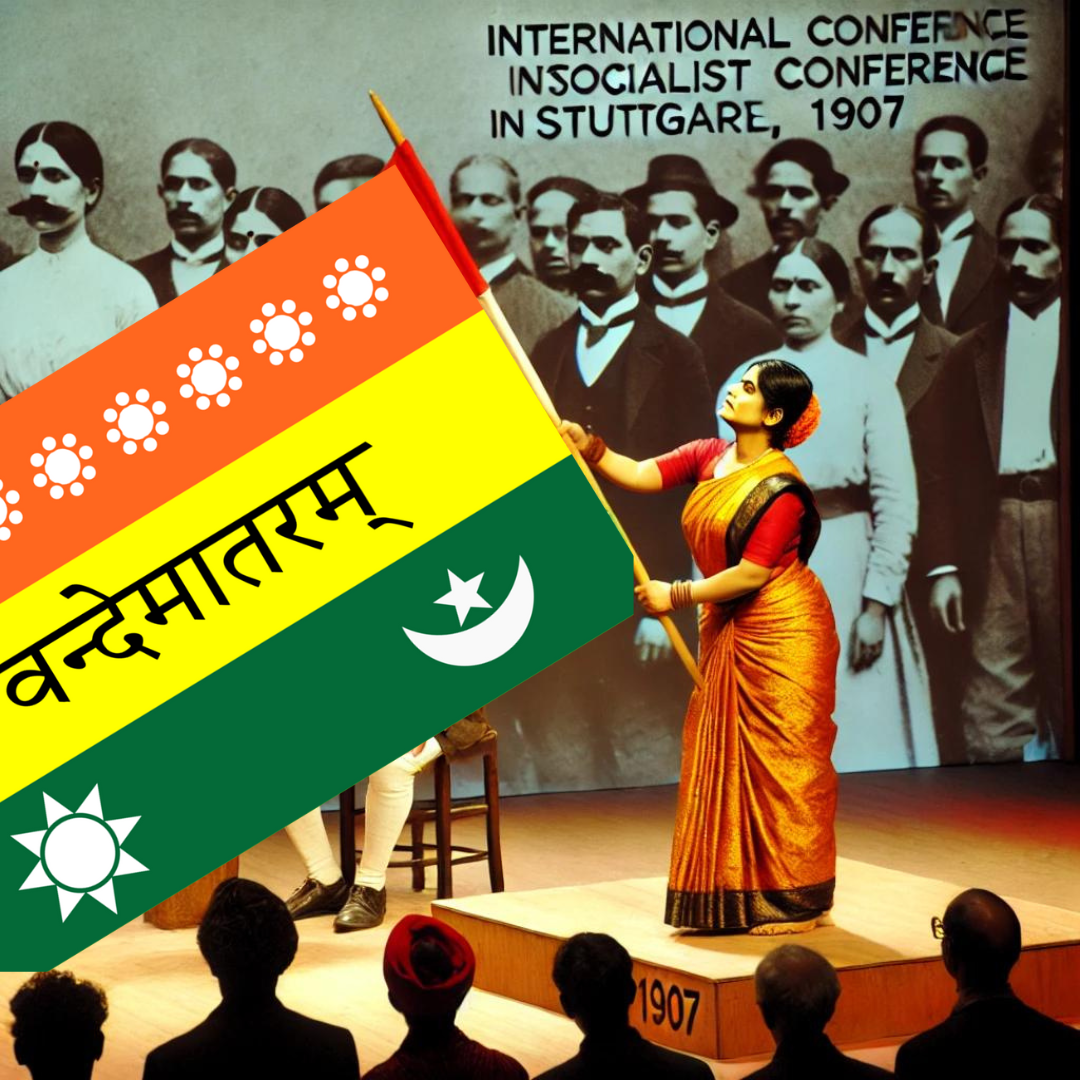
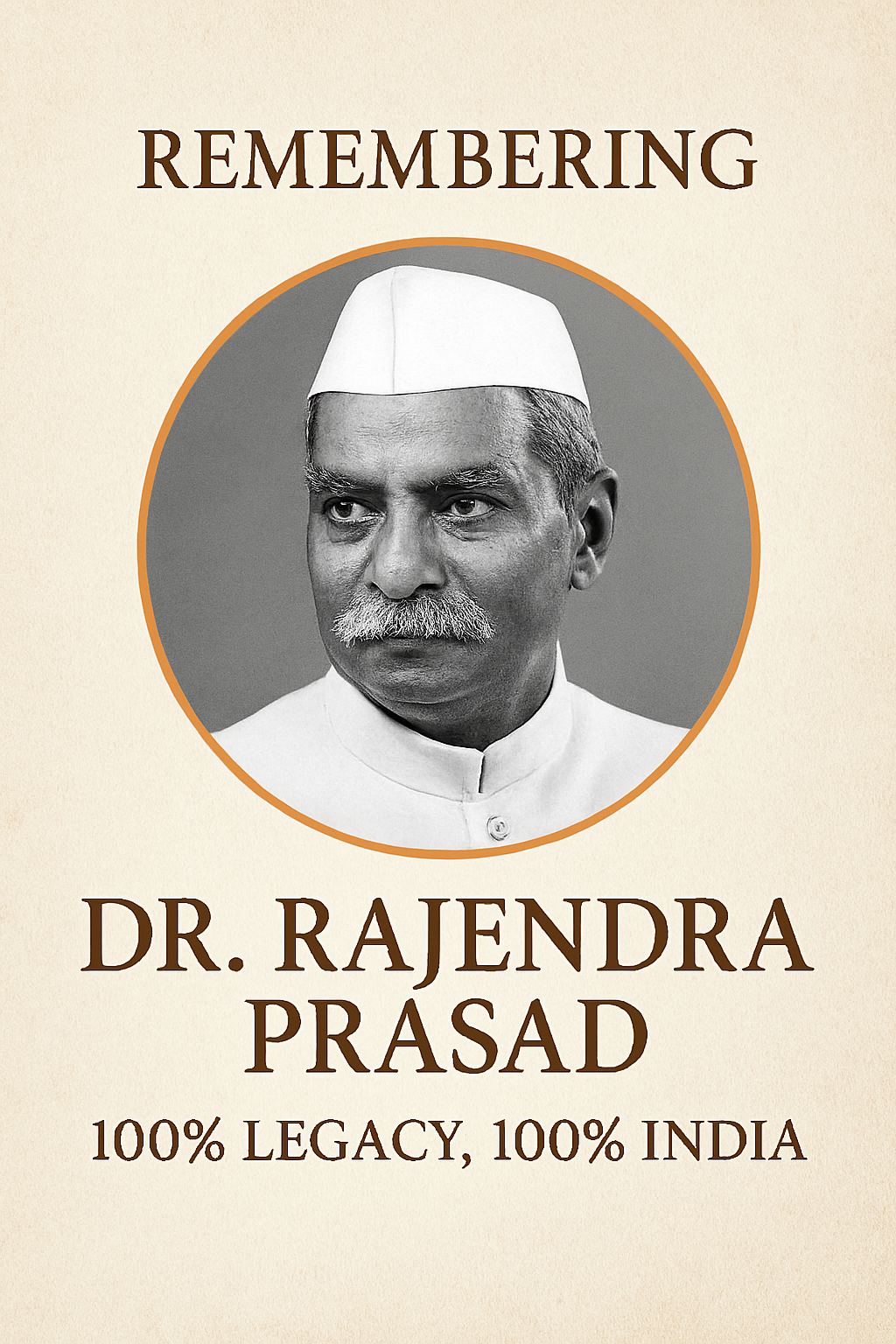
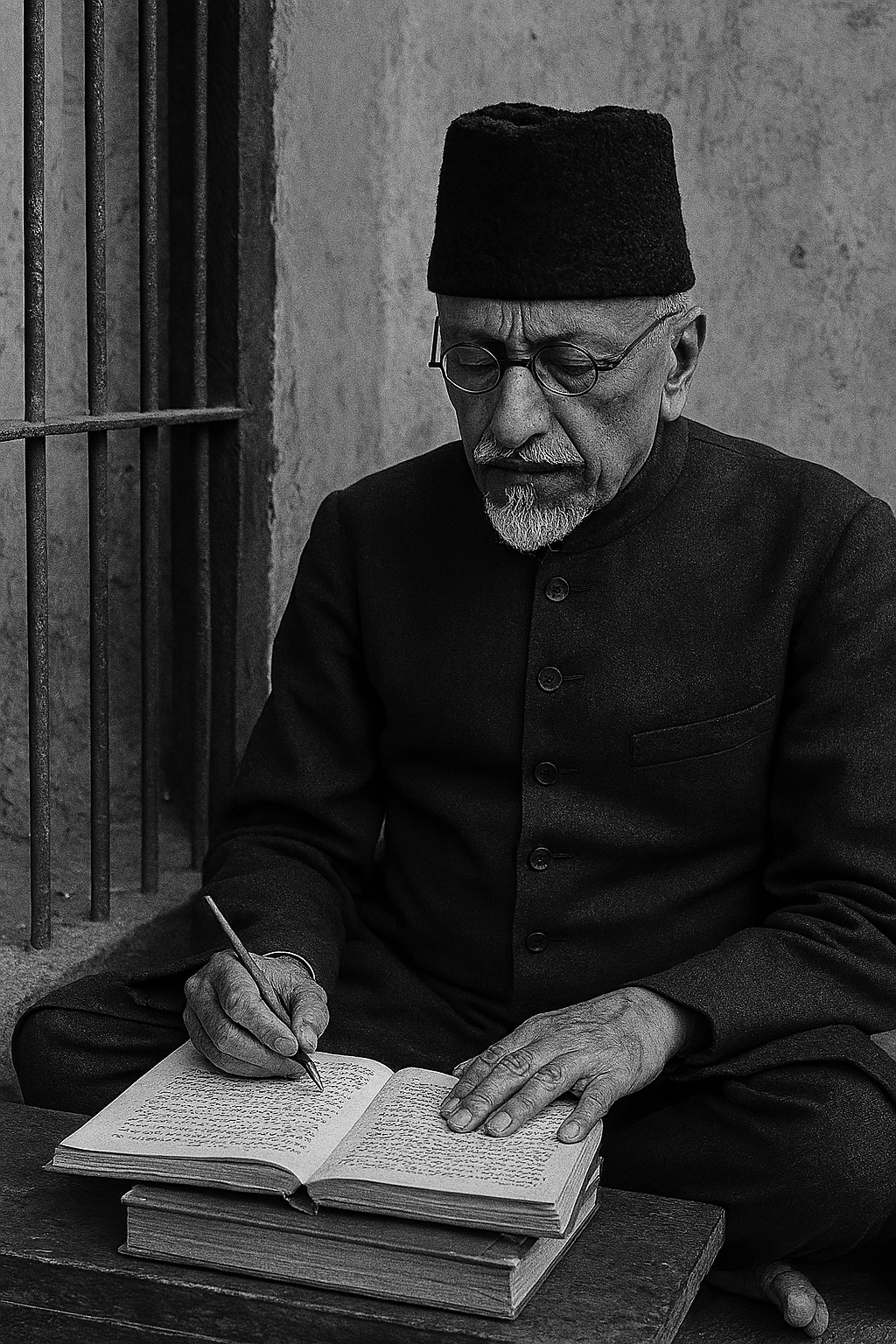
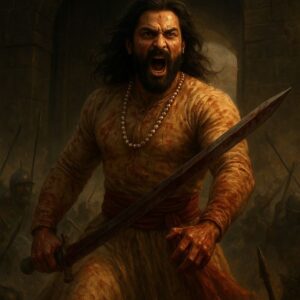
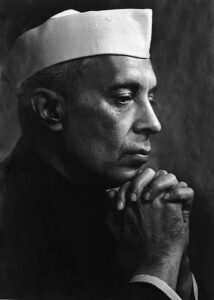
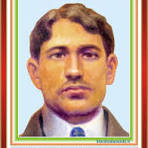
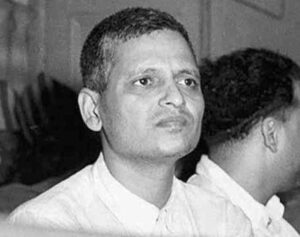
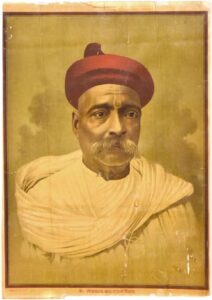
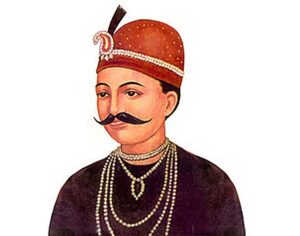
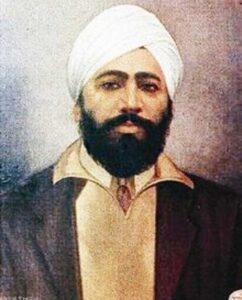
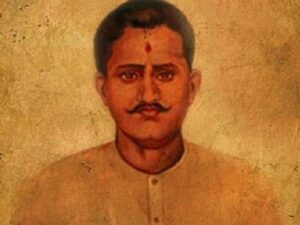
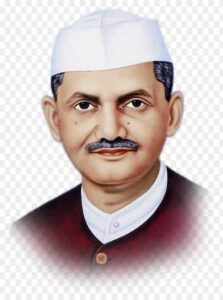
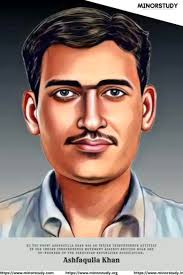
Post Comment